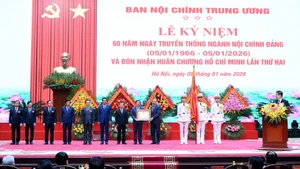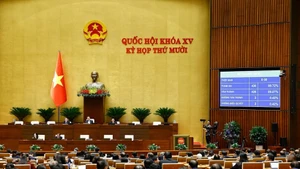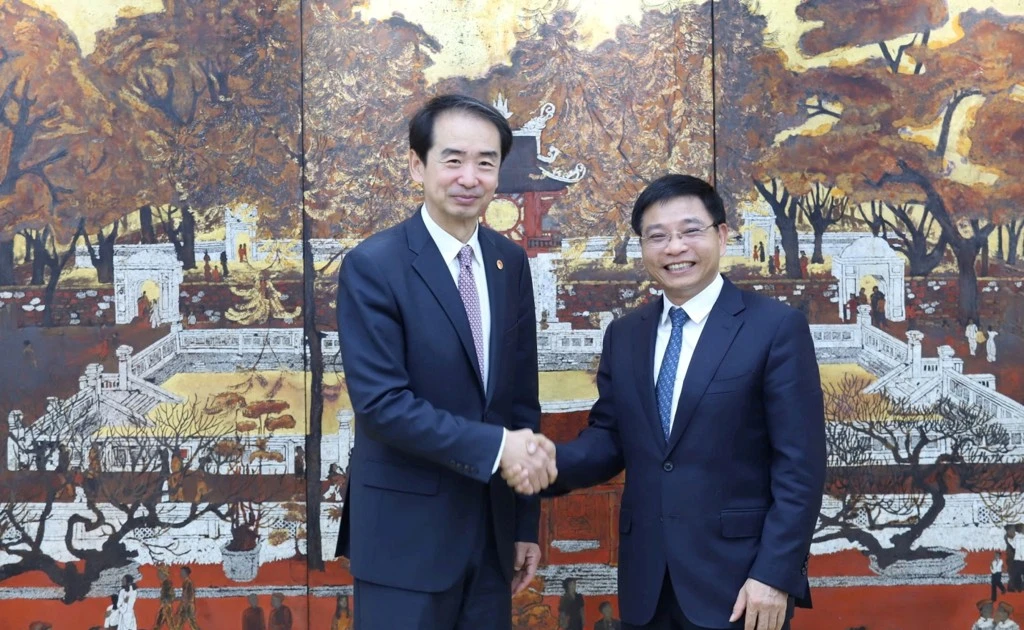Notably, at Fortress C1, the attack of the 98th Regiment under the command of Regiment Commander Vu Lang took place quickly. After only 15 minutes, Vietnamese soldiers infiltrated the door through seven barbed wire fences. Seizing the opportunity, Vietnamese troops captured the highest blockhouse with just one assault. The enemy was forced to retreat to the western blockhouses and called for the artillery to fire on Vietnam’s positions.The brave soldiers used bayonets and grenades to rush forward and engage in perform hand-to-hand combat, repelling three enemy counterattacks. In just 45 minutes, the C1 battle ended, and Vietnamese troops destroyed and captured an entire company with 140 enemies under the 1st Battalion, the 4th Moroccan Regiment. The Vietnamese side recorded ten casualties.
On Hill A1, the fighting of the 174th Regiment under the 316th General Command did not take place as smoothly. Due to losing contact with the General Command from the beginning, the regiment did not receive the order for the attack. After Fortress C1 was destroyed by Vietnamese troops, Vietnamese artillery shifted their shooting lane to Hill A1, the regiment began to open a passage and it took more than an hour to pass. When Vietnamese troops attacked, the enemy artillery fired fiercely at the passage; the enemy fire struck Vietnamese troops who were breaking the fences. It took more than half an hour for the two attack spearheads to overcome 100 metres of fences and minefields to enter the enemy’s post. The battle was extremely fierce, and the enemy relied on the fortifications to resist tenaciously and then retreated into underground bunkers. The enemy used artillery to bombard the top of the hill, causing many casualties among Vietnamese soldiers. The 174th Regiment mobilised reserve forces to join the fighting, but at that time, the enemy concentrated their firepower on Hill A1. Vietnam’s assaults still could not overcome the enemy's fire net. The fighting at Hill A1 continued until the morning of March 31, 1954.
On the afternoon and night of March 30, 1954, the Campaign Command also used forces to form three deep thrusts, with the task of destroying the artillery position at position 210 and attacking the forces stationed in the inner circle to disrupt the enemy's defensive battlefield.
















